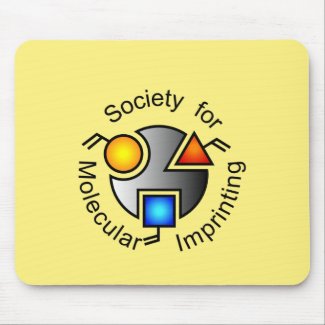
Authors: Li M, Meng XJ, Liang XK, Yuan JH, Hu XJ, Wu ZQ, Yuan XL
Article Title: A novel In(III) ion-imprinted polymer (IIP) for selective extraction of In(III) ions from aqueous solutions.
Publication date: 2018
Journal: Hydrometallurgy
Volume: 176
Page numbers: 243-252.
DOI: 10.1016/j.hydromet.2018.02.006
Alternative URL: http://www.sciencedirect.com/science/article/pii/S0304386X17308307
Abstract: A novel indium(III) ion imprinting polymer (IIP) for the selective separation of indium(III) ions from complex aqueous solution had been prepared by surface imprinting technique using vinylphosphonic acid and allyl mercaptan as the functional monomer and indium sulfate as a template. The adsorbent was characterized on the basis of infrared spectroscopy (FT-IR), scanning electron microscopy (SEM), Brunauer-Emmett-Teller (BET), thermogravimetric analysis (TG) and energy dispersive X-ray spectrometer (EDX). The indium(III) ions adsorption behavior on the In(III)-IIP was investigated in detail by batch and column experiments. Sorption equilibrium was achieved within 30 min, the maximum static and dynamic adsorption capacities were 60.62 mg g-1 and 48.72 mg g-1, respectively. The kinetic study indicated that the adsorption process could be better described by the pseudo-second-order model, and experimental data could be better fitted relied on the Langmuir adsorption isotherm model. The In(III)-IIP exhibited excellent selectivity for In(III) against the interfering ions, including K(I), Ca(II), Na(I), Mg(II), Mn(II), Cd(II), Ni(II), Co(II), Pb(II), Cu(II) and Zn(II) and the separation factors of IIP in the binary metal mixture solutions for In(III)/Cu(II), In(III)/Pb(II), In(III)/Zn(II) and In(III)/Fe(II) were calculated to be 41, 212, 37 and 69, respectively. After six adsorption-desorption cycles, no obvious loss in adsorption capacity was observed, indicating that the adsorbent had a high stability and reusability. Moreover, the In(III)-IIP was applied to the selective separation of indium(III) ions from the real wastewater with satisfactory results
Template and target information: indium ion, In(III)
Author keywords: Indium(III), Surface imprinting technique, adsorption, solid phase extraction, selectivity, silica gel



Join the Society for Molecular Imprinting

New items RSS feed
Sign-up for e-mail updates:
Choose between receiving an occasional newsletter or more frequent e-mail alerts.
Click here to go to the sign-up page.
Is your name elemental or peptidic? Enter your name and find out by clicking either of the buttons below!
Other products you may like:
 MIPdatabase
MIPdatabase









